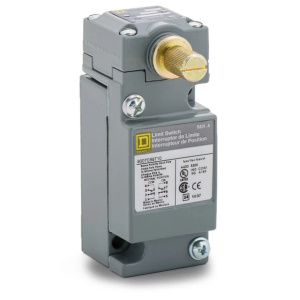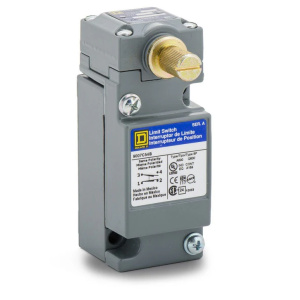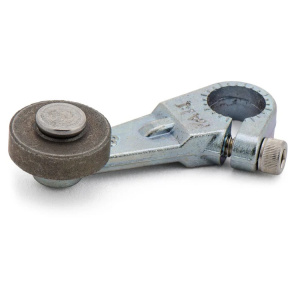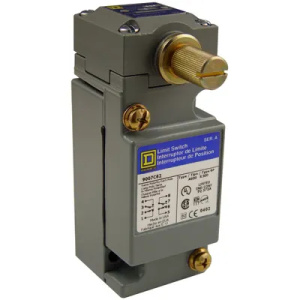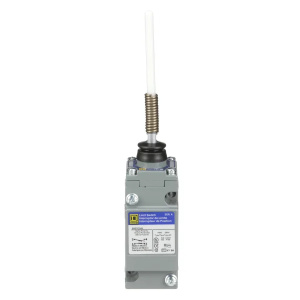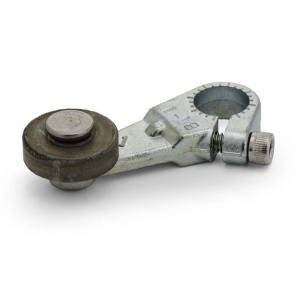Limit Switches
Limit switches use electrical contacts to sense when an object reaches a certain position. They consist of an actuator linked to a set of electrical contacts that open or close when the actuator reaches a predetermined position. Limit switches are commonly used for machine control, conveyor systems, and safety interlocks. Available in various configurations, including roller lever, plunger, and whisker types, limit switches can be rated for different voltage and current levels.
Since 2005, LiveWire Electrical Supply has been providing quality parts and fast shipping for in-stock limit switches, safety switches, and more—including hard-to-find items. Need help finding products? For 24/7 sales assistance, call 1-650-692-0700.

